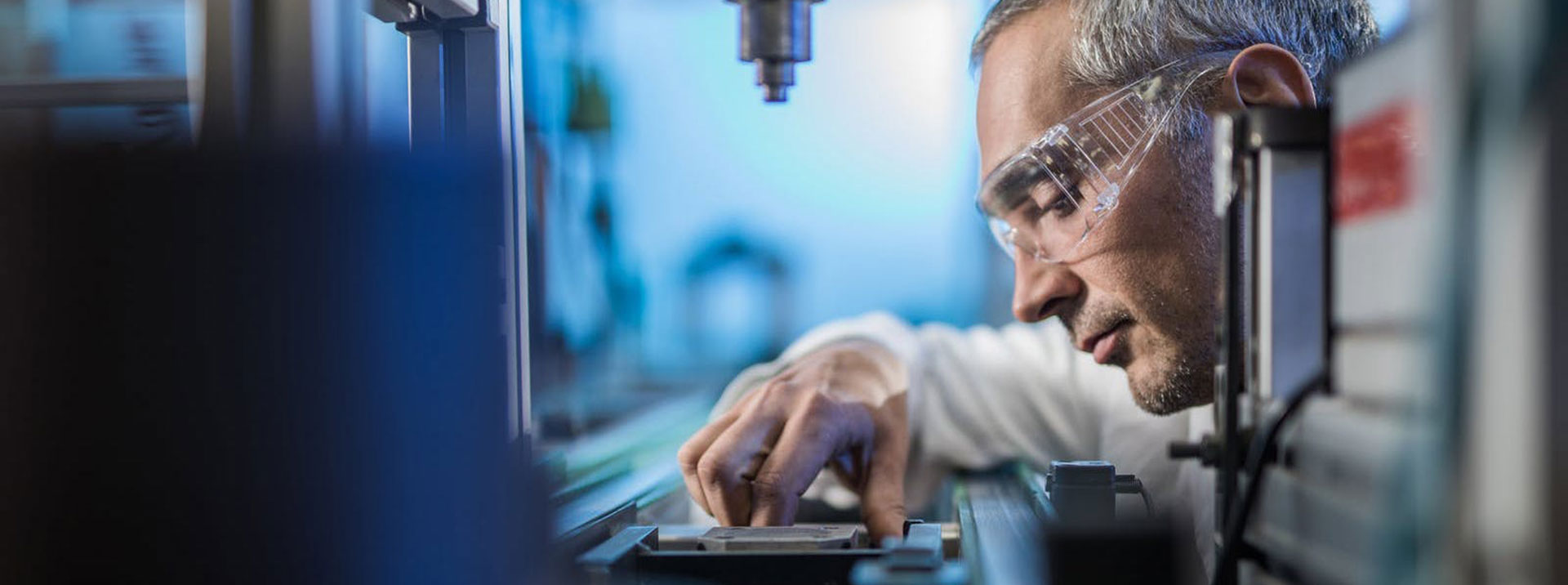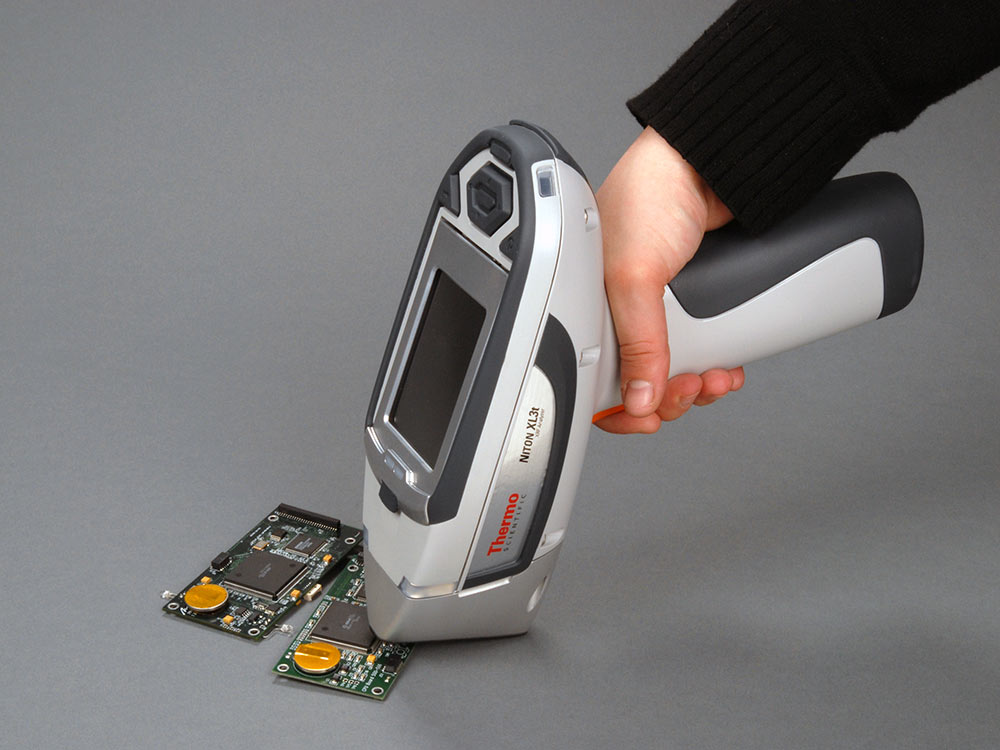




The Restriction of Hazardous Substances (RoHS directive) was designed to limit certain hazardous chemicals in electrical and electronic products and was published in 2003 (Directive 2002 / 95 / EC).

In our country, this directive was published by the Ministry of Environment and Forestry in 2008 within the scope of European Union harmonization studies with the name of Regulation on the Restriction of the Use of Certain Hazardous Substances in Electrical and Electronic Equipment (this regulation is known as EEE Regulation).
The substances prohibited by the directive and the limit values determined are as follows:
Lead (highest 1000 ppm)
Mercury (highest 100 ppm)
Cadmium (highest 100 ppm)
Plus 6-valued Chrome (highest 1000 ppm)
Polybromide biphenyl (highest 1000 ppm)
Polybromide biphenyl ether (highest 1000 ppm)
However, the RoHS directive was later revised and the scope of the chemicals that were restricted in 2011 was expanded (Directive 2011 / 65 / EU). This directive, known as RoHS2, includes the following chemicals:
Bis (2-ethylhexyl) phthalate (highest 1000 ppm)
Butyl benzyl phthalate (highest 1000 ppm)
Dibutyl phthalate (highest 1000 ppm)
Diisobutyl phthalate (highest 1000 ppm)
With the RoHS2013 directive published in 2, the scope of the limitation of hazardous chemicals and quantities to be used in electrical and electronic devices has been extended. With this new directive, it is aimed to prevent dangerous substances from entering the production process and thus to keep these substances away from the waste stream. While the restrictions on the new equipment categories were widened on the one hand, similar regulations in the EU countries were harmonized and a simpler and more effective approach was aimed.
These new regulations also include medical devices, in vitro medical devices, non-industrial monitoring and control devices, and industrial monitoring and control devices.
Businesses have benefited from RoHS2003 in the same way that they have benefited from the RoHS implementation launched in 2. Again on the basis of the expanding scope, the companies prove their importance to human health and the protection of the natural environment with their RoHS2 Certificate. Essentially, it is not possible to market electrical and electronic products to European Union countries and other countries without RoHS2 Certificate.
Just as the CE marking has been introduced in the European Union, although it has become widespread in a short period of time and has become a well-known and sought-after practice all over the world, the RoHS2 application has been accepted by all countries with concerns about human health and the protection of the natural environment. Moreover, the RoHS2 directive demonstrates to the consumers that the limiting chemicals are used within the required values, with the CE mark on the products.
In this case, companies that manufacture in accordance with CE marking and RoHS2 directives will be able to offer their products to consumers in both European Union and other foreign countries without any problems. This will naturally strengthen the reputation of companies and increase their competitiveness.
All manufacturers, authorized representatives, importers and distributors producing electrical and electronic equipment must comply with the legal regulations. However, there are some new processes and documentation requirements that businesses covered by RoHS must follow. Any business, except distributors, will have to maintain the relevant compliance.
Restricted hazardous chemicals are not easy to manage when electrical and electronic products are disposed of, ie in the event of waste. Therefore, in order to keep these substances away from the waste stream, it was deemed appropriate to put some restrictions at the beginning of the cycle, ie during production.
New RoHS2 regulations 2 entered into force on January 2013 and replaced the RoHS regulations that entered into force in 2002. The new regulations both expanded the scope of hazardous substances and introduced CE marking. In addition, manufacturers must now submit a declaration of conformity stating that they comply with all legal requirements. Moreover, not only the manufacturers, but also the importers and the authorized representatives have to prepare certificates of conformity.
What the restricted chemicals are and the limit values introduced are described above. Restrictions apply to all monitoring and control devices, including in vitro and all medical devices and industrial devices. 22 July 2021.
Some types of EEE (substances covered by the Regulation on the Restriction of the Use of Certain Hazardous Substances in Electrical and Electronic Equipment) are exempted from restrictions in some cases. For example, equipment made specifically for military purposes or required for national security, active medical implants, photovoltaic panels, equipment specially designed for research and development (for professional use), off-road mobile machines for professional use with onboard engines, large scale such as fixed industrial tools, large-scale stationary installations, and equipment designed to be part of another type of equipment that is specifically exempt.
In short, companies producing electrical and electronic equipment are obliged to ensure that certain hazardous substances comply with the RoHS2 regulations that restrict the use of such devices. In this context, it has to ensure that the design and production of the products comply with RoHS2 and to establish effective production control systems. It also has to prepare technical documentation showing compliance. Companies must keep all technical documents and declaration of conformity for 10 year. When these are completed, companies can put the CE mark on the product. In the meantime, procedures should be established to ensure that products remain compliant throughout their lifetime. For products that have to be recalled for some reason, records should be kept and members in your supply chain should be informed of these issues.
To comply with RoHS2 regulations, companies must have effective production controls in place.
Firms are responsible for compiling technical documents and keeping them in the technical dossier to demonstrate compliance with the relevant regulations. This file should contain detailed information about the design, manufacture and operation of the products. It is therefore an important document that makes it possible to assess whether the company meets RoHS2 requirements.
The EN 63000 standard has been published by the European Standards Organization to help demonstrate compliance with these obligations. This standard provides a template for evaluating the company and providing the necessary technical information and documentation. If the firm has not used a harmonized standard, the regulations must prove that they meet the technical requirements.
This standard has been published by TSE in our country with the following title: TS EN IEC 63000 Technical documentation for the evaluation of electrical and electronic products according to the restriction of dangerous substances.
First, it is determined whether the organization meets the mandatory requirements of the standard and whether to proceed to the next stage.
It is checked whether necessary procedures and audits have been developed and your institution's readiness for evaluation is reviewed.
The findings that arise in the first two stages are evaluated and after all corrective actions are reviewed, document preparation is started.
To get an appointment, to get more detailed information or to request an evaluation, you can ask us to fill in our form and reach you.